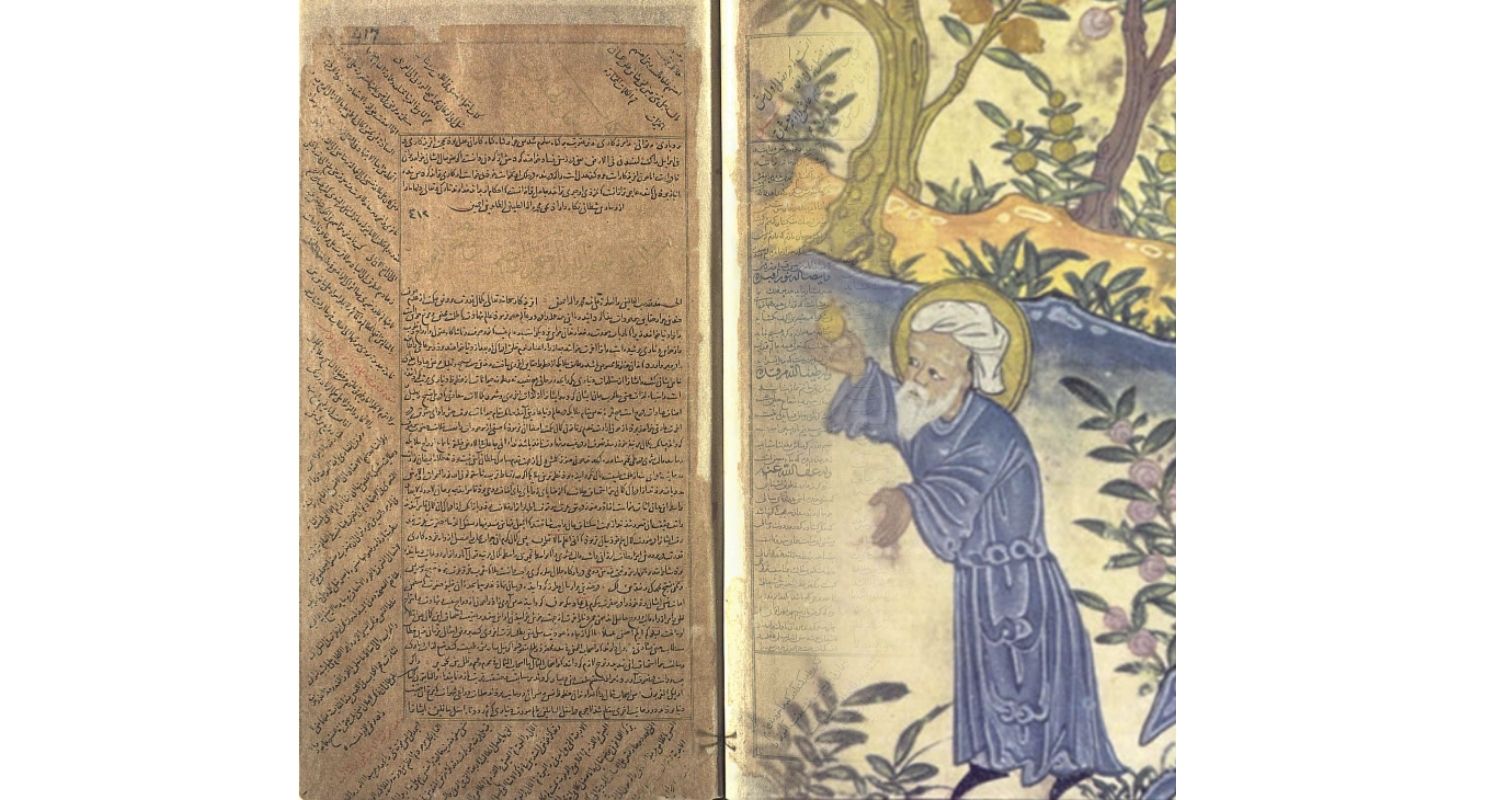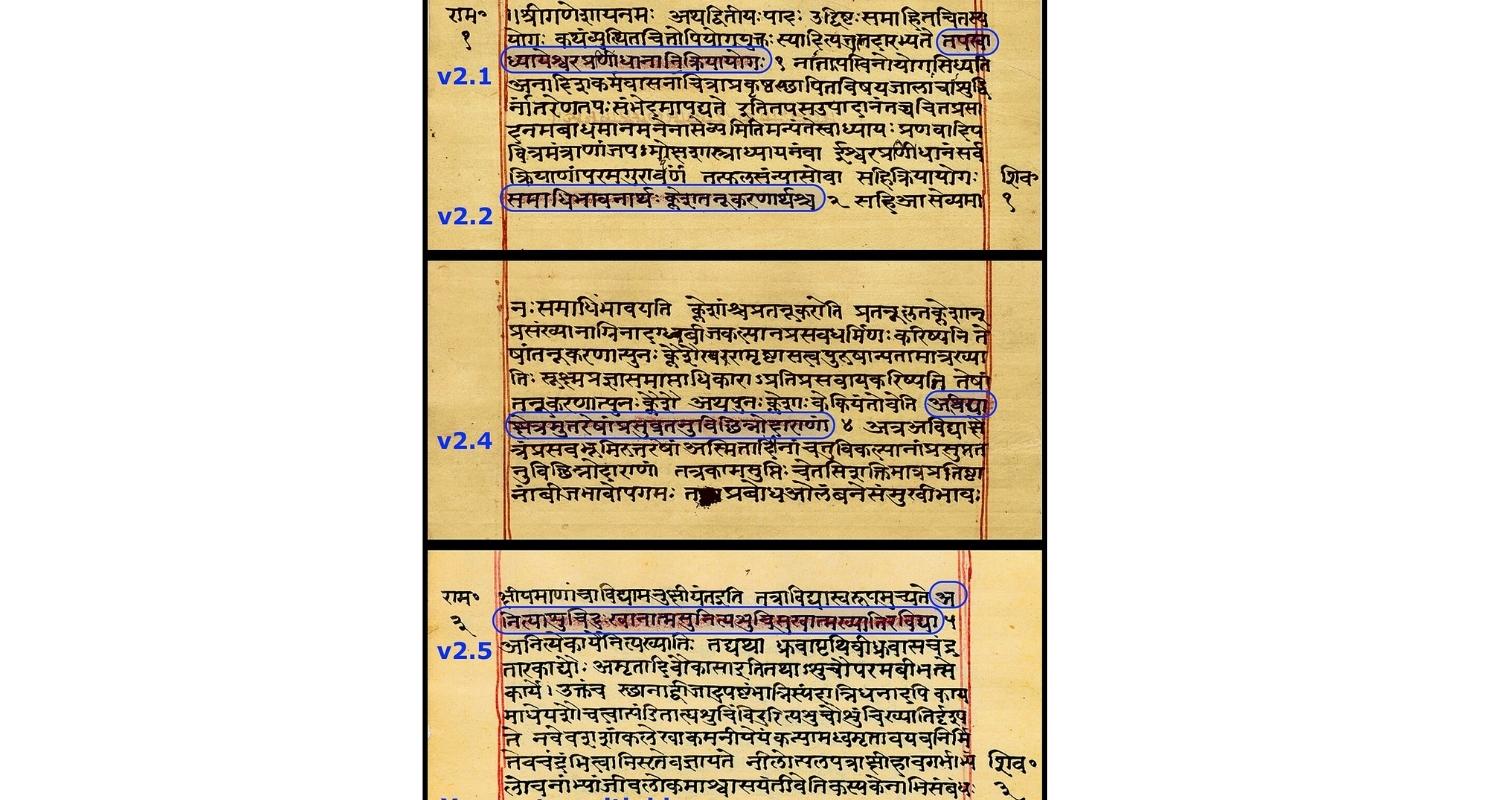Trending:
Timeless assimilation of Yoga into the Arab world
The scholars question whether Yoga originated in India or the Arab world! This is so because the text has undergone Islamisation involving scriptural Islamic themes, philosophical vocabulary and Sufi terminology.News Arena Network - Chandigarh - UPDATED: June 16, 2025, 01:01 PM - 2 min read

A millennium before the adoption of the International Day of Yoga by the UN, on June 21, 2015, techniques for controlling the body and mind had travelled to the Arab world and parts of Europe. Over a thousand years, a window of understanding and assimilation of the yogic practices was achieved through a series of translations of the original treatise on Yoga, like Patanjali’s YogaSutra, into Arabic, by travellers, seekers, Sufis and scholars.
By the beginning of the 14th century, the Sanskrit text Amritakund (Pool of Nectar), one of the earliest treatises on yoga, was translated into Persian Arabic, Turkish and later Urdu. It postulates that Indian yogis (jogis) are the equivalents for Elijah, Jonah, and Khidr (revered figures in Islam). The original Sanskrit text Amritkund is extant, whereas the translations and multiple recensions of Pool of Nectar have survived and thrived in different geographical locations.
This makes scholars question; whether Yoga originated in India or the Arab world! This is so because the text has undergone Islamisation involving scriptural Islamic themes, philosophical vocabulary and Sufi terminology.
Later, the Arabic translation of The Pool of Nectar travelled to the Ottoman Empire, where, for some reason its authorship got ascribed to a famous Sufi, Ibn Arabi. References to the original Sanskrit text got eliminated over time. Several copies of the manuscripts of Ibn Arabi still exist in Istanbul. A Sufi Shaikh in Damascus still teaches this text, which he firmly understands in terms of Sufi metaphysics; not in terms of yoga.
Yoga manuscript in the Vatican Library
Around 1624, an Italian traveller, Pietro della Valle stopped at the western Indian city of Cambay. A seeker, he visited many Hindu temples and met practising yogis and added a long account of their practices in his memoirs. Even before setting foot in India, Della was familiar with yogis, and their ascetic life.
He had received this knowledge from a Persian treatise The Kamarupa Seed Syllables, based on yogic breathing and divination techniques, which was circulating in the intellectual circles of Iran, and was quoted in a fourteenth-century Persian encyclopaedia, the Nafa'is al-funun of Amuli.
Della had acquired a copy of The Kamarupa Seed Syllables for himself during his stay in Iran, prior to his India visit. He decided to translate the book into Italian. He was proficient in Turkish, Arabic, and Persian. In the list of his oriental manuscripts, donated to the Vatican in 1718 by della Valle's heir Rinaldo de Bufalo, the book on Yoga was described as “a book on magic, translated from the Indian into the Persian language.” This work is still preserved in the Vatican library.
Translators of the time not only prepared a Persian-reading audience to get interested in a subject as alien as breath control, it is fascinating how they used Islamicate categories to present material such as stillness of mind and feminine deities (yoginis) to the followers of Islam.
Al-Biruni and Kitab- Batanjal

Mahmud Ghazni’s spoil of war, Al- Biruni, one of the greatest intellectuals of the Islamic world, spent 12 years learning Sanskrit, while he was in Punjab. His 11th century documentations of India Tahqiq-i-Hind, frequently refers to Patanjali’s YogaSutra. He also wrote a commentary on the YogaSutra, which was discovered in 1922 in an archive of Istanbul.
The Islamisation of these texts was so complete that it lost semblance with the original Sanskrit text. Al Biruni’s text (AD 1048) contains a dialogue between Patanjali and “an ascetic roaming in the deserts and the forests”. It diverges on many counts from the Sanskrit text and many important sutras are missing in his version. The title of Al Biruni’s text “Book of the Indian Patanjali on Liberation from the Afflictions” is commonly referred to as the Kitab Batanjal (Patanjali). Biruni concentrated on the philosophical aspect of Yoga; it was too scholarly and failed to garner wide readership. Only a single manuscript of Kitab Batanjal exists at Heidelberg.

About five hundred years later, Abu’l Fazl’s Ain-i-Akbari discussed Patanjali’s YogaSutra, without acknowledging Al Biruni’s work. Much of the fourth book of Ain-i-Akbari is devoted to the six Hindu philosophical systems. It concludes with a long essay on Patanjali’s philosophy, which comprises an erudite synopsis of the Yoga Sutra as both a metaphysical treatise and a system for psychological training. Both these works open a window to understanding Islamic reception of Yoga, a millennium ago.
Later, Sufis had encounters with Hatha Yoga and adopted it into their practices. There are at least 45 copies of the Arabic text, Hawd al-hayat, which concentrate more on Hatha Yoga, to be found in libraries in European and Arab countries.
Cultural dialogue and the process of assimilation between diverse traditions has strengthened Yoga. In 2010, Dr Abdul Wahab Al Maqaleh from the Republic of Yemen translated an English version of Patanjali, titled Kalima, which has been published by the Abu Dhabi Authority for Culture and Heritage (ADACH).
Yoga may have originated in India; it has become a global knowledge system of physical and mental well-being.
By Vandana Shukla
